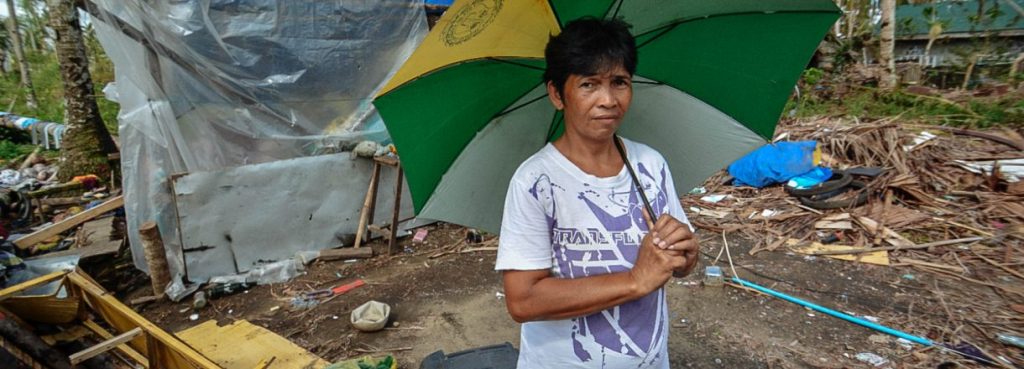Training for Individuals, Communities,
Nonprofits, & Local Governments
Become Adaptable and Resilient
Get road-tested, affordable, do-it-yourself solutions for a changing climate that YOU can launch NOW!
Start today with ‘8 Steps: Cut Your Carbon Footprint 50%.’

Know Your Zone: Familiarize yourself with local evacuation routes and zones. If you live in a coastal area or a mobile home, you may be at higher risk and should have a clear evacuation plan in place.